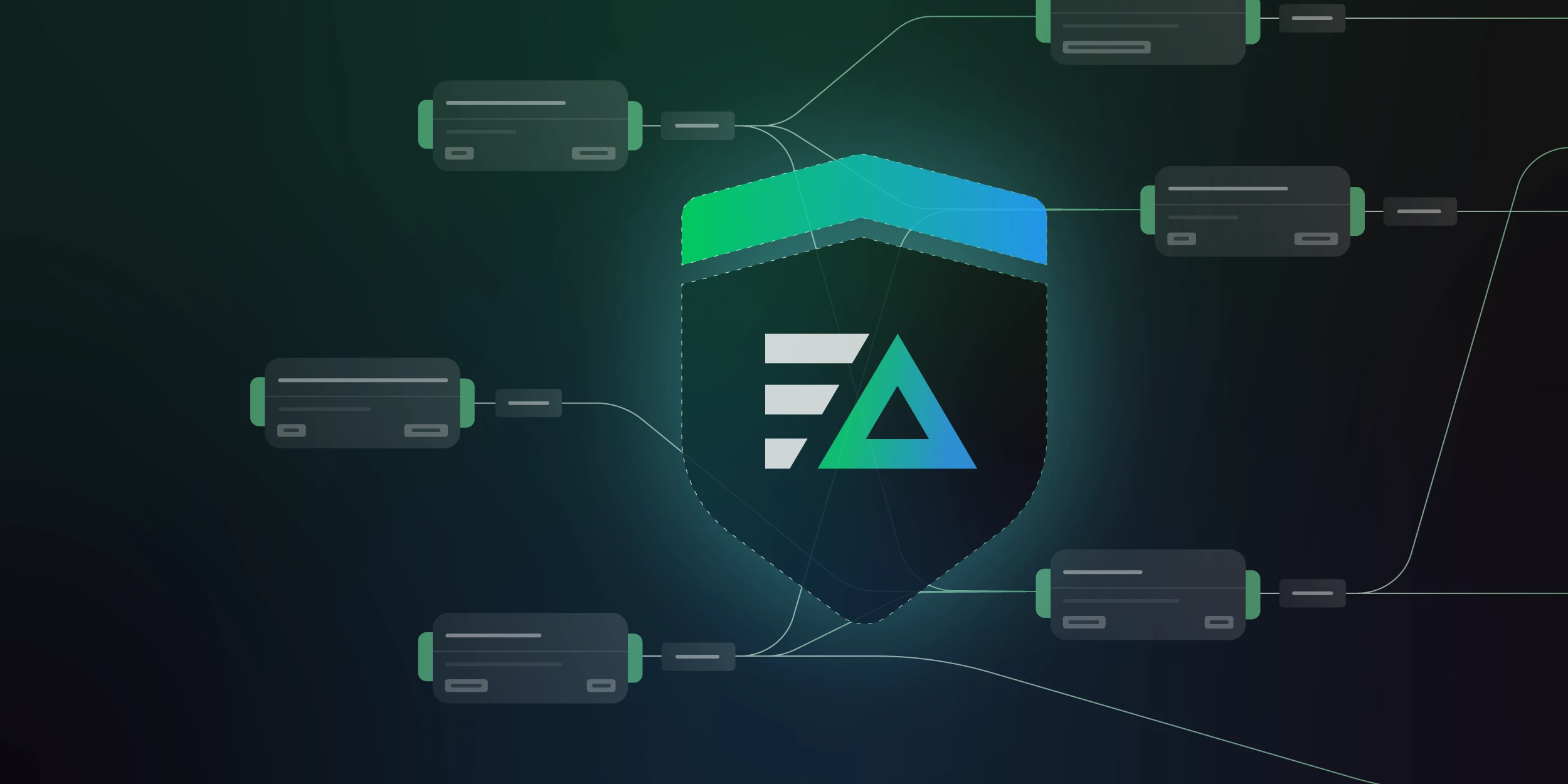I’ve worked in information security for over thirty years — as an engineer, researcher, and executive. I’ve worn a lot of hats, from being employee number 11 at a tiny startup and building another from scratch, to leading security at global enterprises like Nike and at SaaS giants like Auth0. And in all those roles, across all those environments, I’ve seen one issue over and over again: the cost and complexity of security data flows.
Let’s be honest — logs, alerts, and, increasingly, telemetry and metrics are the lifeblood of security operations. They’re the raw material we use to detect, investigate, and remediate incidents. Without reliable access to the right data, security teams are essentially flying blind.
But here’s the problem: in modern architectures, your data is scattered across a dizzying array of systems. You’ve got logs coming from cloud infrastructure, SaaS applications, and traditional on-prem environments. They’re living in different security zones, governed by different data classifications, and often managed by different teams entirely. On top of that, the line between what’s “security relevant” and what isn’t is often blurry — at best.
Security Data Is Everyone’s Data
One of the more subtle (but critically important) realities of today’s infrastructure is that “security data” isn’t just for the security team anymore.
Think about your DevOps team — they’re watching for deployment errors or performance regressions. Meanwhile, site reliability engineers are monitoring for service-level degradation and uptime, and your IT team is troubleshooting access issues or investigating service outages.
All of these functions lean heavily on data that’s also relevant to security. And that overlap creates a new challenge: how do you give the right teams access to what they need, while keeping sensitive or unnecessary data out of the wrong hands?
This is especially tricky when you consider that some of these logs may contain personally identifiable information (PII), sensitive customer metadata, or even secrets — sometimes intentionally, and sometimes not. And while your customer support team may need access to this data to troubleshoot a ticket, your infrastructure team probably doesn’t. But they do need visibility into other, non-sensitive fields in that same stream.
This Isn’t Just a Governance Problem — It’s a Cost Problem
And we haven’t even talked about cost yet.
Storing, moving, transforming, and analyzing all of this data isn’t free. In fact, for many security programs, log storage and SIEM ingestion are among the most expensive line items in the budget. Every unnecessary log line you send to your SIEM is a dollar you’re not spending on detection engineering, threat hunting, or team development.
Meanwhile, the operational overhead of managing these data pipelines is significant. Governance policies need to be enforced. Access controls need to be maintained. Teams need to coordinate across departments, tools, and environments. It’s a lot.
The truth is that data plumbing isn’t glamorous. It’s not what gets people into cybersecurity. But it is the work you have to do in order to do the work you do want to do.
And that’s where Edge Delta comes in.
A New Model for Security Data Management
At Edge Delta, we’ve built a platform that helps you take granular control over your observability and security data — before it ever hits your SIEM or log management platform.
What does that mean in practice?
It means you can define exactly what data gets filtered, transformed, enriched, and masked, and how and where it is routed and stored. It means you can route security-critical write operation logs to your SIEM for high-fidelity alerting, while sending read operations to lower-cost storage for forensic analysis or long-term retention. It means you can mask sensitive data in-flight, before it ever touches disk.
Our customers use Edge Delta’s Security Data Pipelines to solve some of their most complex data challenges:
- Ensuring compliance with data classification policies by enforcing field-level masking
- Reducing SIEM ingestion volume (and cost) by pre-filtering high-noise log streams
- Routing different slices of the same dataset to different teams or storage locations
- Giving visibility to DevOps and SREs without exposing sensitive customer data
- Validating transformations and routing logic in real time using Live Capture
Let me give you a quick example.
Let’s say you’re ingesting logs from AWS CloudTrail. That’s a firehose of information — some of it vital to your security team, some of it less so. With Edge Delta, you can apply logic that separates write operations (like someone launching an EC2 instance) from read operations (like someone listing S3 buckets). You might choose to send write operations to your SIEM, where they can trigger alerts and drive investigations, while routing read operations to a low-cost object store like S3 for long-term retention. Same dataset — different use cases, different destinations.
That’s the power of granular control.
Make Your Plumbing Work for You
I know the mechanics of data ingestion aren’t the most exciting part of security. But they are the foundation everything else is built on. If your data flows are noisy, expensive, and poorly governed, your entire program suffers. Your detections get buried under false positives. Your analysts waste time chasing irrelevant alerts. Your costs spiral, and your compliance posture weakens.
On the other hand, when you get this right — when you have clean, contextual, appropriately routed data — you unlock everything. Your alerts improve. Your incident response becomes faster and more accurate. Your teams collaborate more effectively. And your costs go down, not up.
And most importantly, you reclaim your time and energy to focus on what really matters: protecting your organization.
Edge Delta + S3 = A Game Changer
One of the most powerful features of Edge Delta is our ability to work not just with real-time log streams, but also with logs stored in object storage like Amazon S3. This means you can use the same pre-processing logic — filtering, transforming, masking, enriching — on both live and historical data.
Need to re-ingest a massive backlog of logs to support a post-incident investigation? No problem. Want to apply new privacy rules to data at rest? Easy. Edge Delta gives you a single, unified pipeline for all of your security data — no matter where it lives.
Conclusion: Control the Flow, Control the Chaos
Security teams today are overwhelmed — not just by threats, but by data. Logs are growing faster than your budget. Systems are more distributed than ever. And the line between security and operations gets blurrier every day.
But the solution isn’t to throw up our hands or throw more money at the problem. It’s to take control. To build pipelines that work for you. And to route the right data to the right place, at the right time, in the right format — without compromising privacy, access, or cost.
That’s what Edge Delta enables. And that’s what we’re here to help you do.If you’re ready to take control of your security data flows and unlock more value from your observability stack, let’s talk. We’d love to show you what’s possible.






